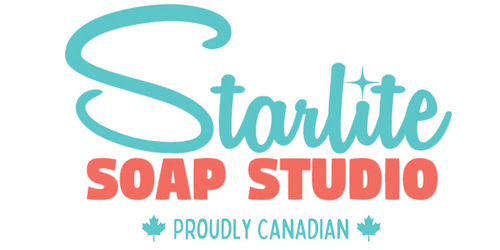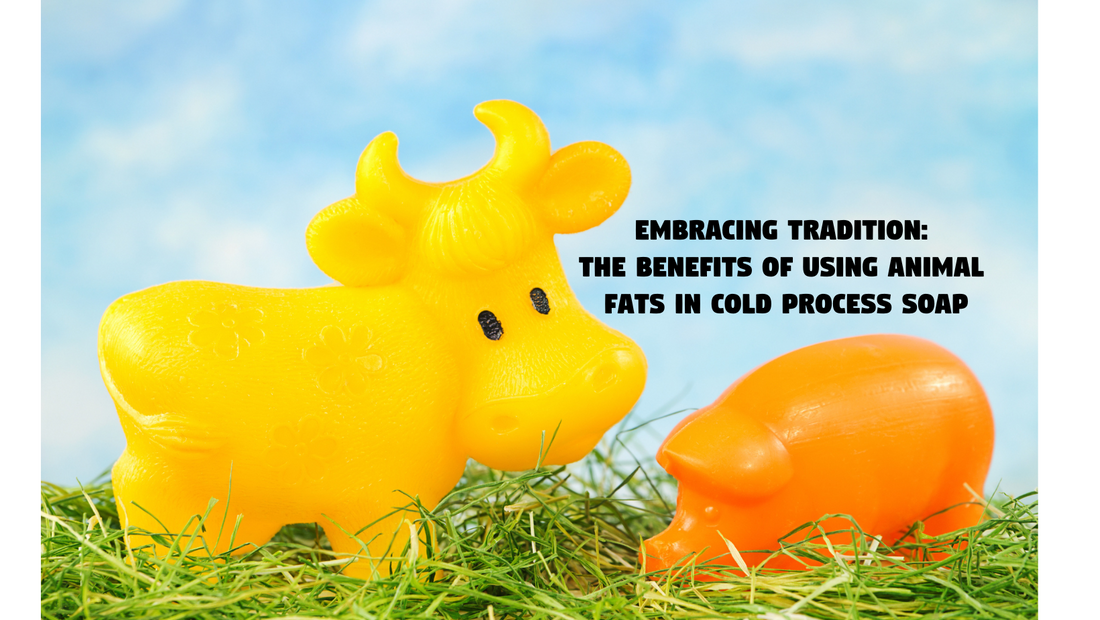Starlite Soap Studio prides itself on creating luxurious soaps using a carefully balanced selection of vegetable oils, and we use this blend in our workshops, and make-at-home soap kits. But have you ever considered trying out animal fats? The historical use of animal fats, especially lard and tallow, adds depth and tradition to the art of soapmaking.
1. Animal Source:
Lard: Rendered from pig fat, lard boasts a reputation for delivering a creamy, stable lather and shaping hard, enduring soap bars. Its wide availability has made it a staple in soap-making traditions across diverse regions.Tallow: Crafted from beef fat, tallow mirrors lard's characteristics, offering a solid soap bar and a luxurious, creamy lather.
2. Saponification Values:
Both lard and tallow share similar saponification values, ensuring their transformation into soap with comparable cleansing and moisturizing attributes. This harmonious balance grants soap makers the freedom to experiment and innovate.3. Sustainability and Ethics:
Modern soap artisans, driven by ethical considerations, seek local and sustainable sources for animal fats. Ethically sourced lard and tallow play a pivotal role in reducing environmental impact, echoing the values of pioneers who utilized every resource available to them.4. Skin Feel and Properties:
Lard and tallow carve a niche with their indulgent, creamy lather, creating soaps that caress the skin with mildness and conditioning. The choice between these fats often boils down to personal preference, reflecting the varied desires of soap aficionados.5. Unearthing Pioneer Days:
In the days of pioneers, every part of an animal was utilized, honoring the spirit of resourcefulness. Soap making, then, was a testament to frugality and sustainability, echoing the essence of frontier life. Embracing this heritage, modern artisans integrate these fats, paying homage to the wisdom of pioneers.
540g lard or tallow
180g coconut oil
180g olive oil
330g distilled water
127g sodium hydroxide
Follow the same methodology as used in Starlite's Beginner Soap Making Workshop

